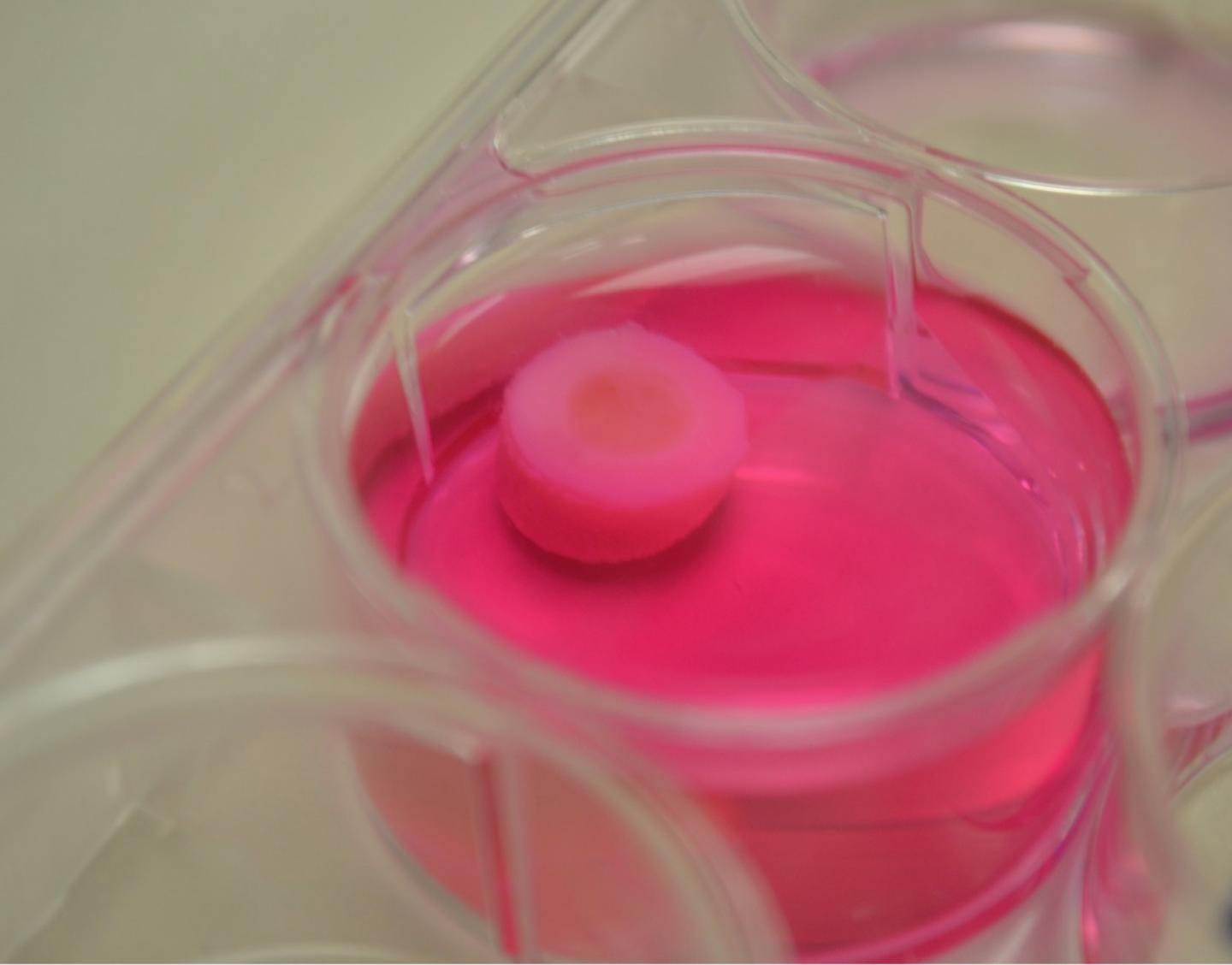Cow cartilage used for 3D printing in step forward that could make ‘patches’ for worn joints
The strands of cartilage are sent through a special nozzle and so can be ‘printed’ out into whatever shape is needed

Cow cartilage has been printed out by scientists in a move that could fix worn joints.
The special 3D printing technique could one day be used to print out special patches that will help people with worn joints.
To create the organic ink, researchers grew cells in thin tubes that were just three hundredths of an inch wide, made from algae.
They then took that cartilage out and pushed it through a special nozzle, which means that it can be printed out in rows in any pattern that’s needed.
Once the ‘ink’ had been left for about half an hour, it could be moved into a laboratory dish. There, the different stands attached and fused together.
Scientists hope to be able to print out such pieces of cartilage so that they can patch up worn out joints.
Lead scientist Dr Ibrahim Ozbolat, from Pennsylvania State University in the US, said: "Our goal is to create tissue that can be used to replace large amounts of worn out tissue or design patches.
"Those who have osteoarthritis in their joints suffer a lot. We need a new alternative treatment for this."
Cartilage is a good tissue for bioprinting because it consists of only one cell type and contains no blood vessels.
It is also a tissue that cannot self-repair. Once cartilage is damaged, it stays damaged.
Previous attempts at growing cartilage have embedded cells in a "scaffold" of hydrogel, a jelly-like plastic material.
Dr Ozbolat said: "Hydrogels don't allow cells to grow as normal. The hydrogel confines the cells and doesn't allow them to communicate as they do in native tissues."
Degradation of the hydrogel can also produce toxic compounds that hinder cell growth, he pointed out.
He added: "We can manufacture the strands in any length we want. Because there is no scaffolding, the process of printing the cartilage is scalable, so the patches can be made bigger as well.
"We can mimic real articular cartilage by printing strands vertically and then horizontally to mimic the natural architecture."
The research appears in the latest issue of the journal Scientific Reports.
Additional reporting by agencies
Join our commenting forum
Join thought-provoking conversations, follow other Independent readers and see their replies
Comments
Bookmark popover
Removed from bookmarks